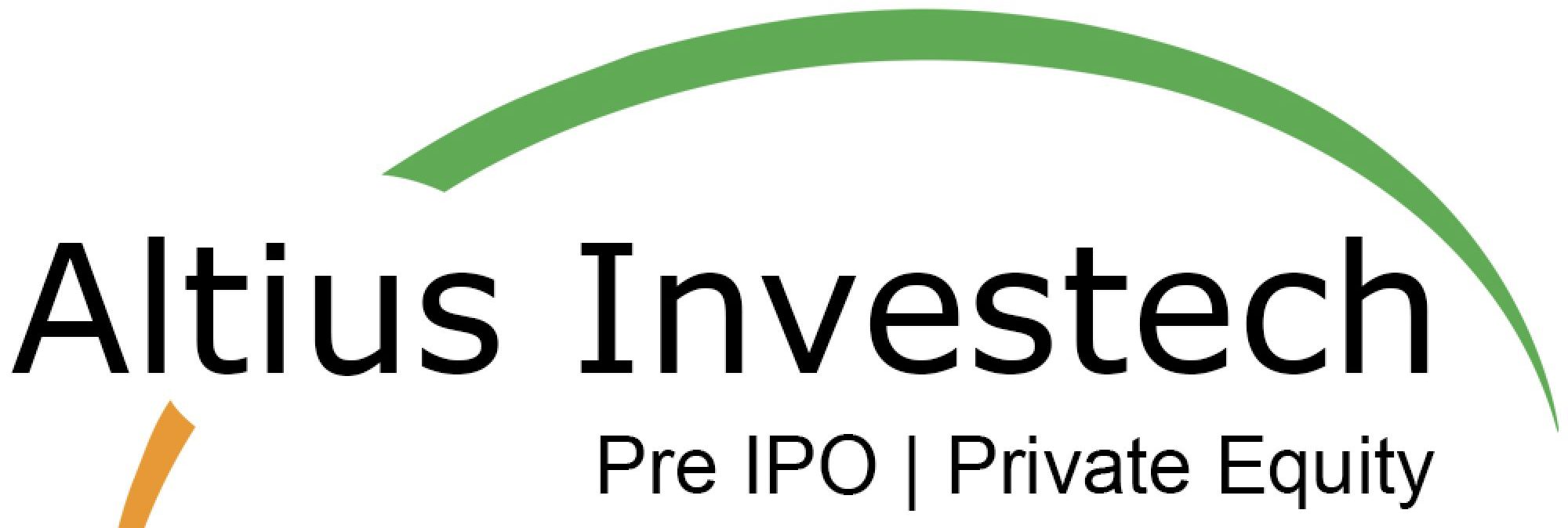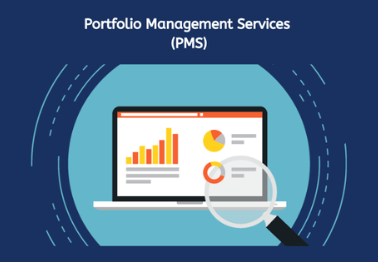A portfolio is a collection of financial investments such as stocks, bonds, commodities, cash, and cash equivalents, which may include closed-end funds and exchange traded funds (ETFs). People commonly believe that stocks, bonds, and cash form the foundation of a portfolio. While this is frequently the case, it does not have to be the rule. A portfolio may include a diverse range of assets, such as real estate, art, and private investments.
You can hold and manage your portfolio yourself, or you can have it managed by a money manager, financial advisor, or another finance professional.
How to Manage a Portfolio?
1. Start Early:
Begin saving as soon as you start working by enrolling in a 401(k) retirement plan, if your employer has one. If a 401(k) plan is not available, open an Individual Retirement Account (IRA) and set aside a portion of your salary for monthly contributions. Making a monthly cash contribution to an IRA or 401(k) is a simple and handy way to save.
Remember that savings grow and interest compounds tax-free only if the money is not withdrawn, therefore it’s a good idea to establish one of these retirement investment vehicles early in your working life.
2. Early Allocation of Higher Risk:
Another reason to begin saving early is that the younger you are, the less likely you are to have significant financial obligations, such as a husband, children, or a mortgage, to mention a few. Without these constraints, you can devote a modest portion of your investment portfolio to higher-risk investments that can generate larger returns.
When you begin saving when you are young, before your financial obligations begin to pile up, you will most likely have more cash available for investments and a longer time horizon before retirement. You’ll have a larger retirement nest egg if you have more money to invest for many years.
3. An Exemplary Egg:
To demonstrate the benefit of investing as soon as feasible, suppose you begin investing $200 each month at the age of 25. If you receive a 7% yearly return on that money, your retirement nest egg will be around $525,000 when you’re 65.
However, if you begin saving that $200 monthly at the age of 35 and earn the same 7% return, you’ll only have roughly $244,000 at the age of 65.
There are a few tax advantages for those who start investing later in life. Notably, 401(k) plans and IRAs both enable catch-up contributions for persons 50 and older.
4. Diversify:
The goal is to pick equities from a wide range of market sectors. This is best accomplished through the use of an index fund. Aim to invest in conservative equities that provide regular dividends, stocks with long-term growth potential, and a small fraction of stocks with higher returns or risk.
If you invest in individual equities, don’t put more than 4% of your overall portfolio into any single stock. As a result, if one or two stocks experience a slump, your portfolio will be less affected.
Certain AAA-rated bonds, whether corporate or government, are also attractive long-term investments. Long-term US Treasury bonds, for example, are more secure and provide a higher rate of return than short- and mid-term bonds.
5. Keep your expenses to a minimum:
Use a discount brokerage business to invest. Another reason to select index funds when first starting to invest is their minimal costs. Don’t buy and sell frequently in response to market ups and downs because you’ll be investing for the long term. This saves you commissions and management fees, and it may save you money if the price of your stock falls.
6. Discipline and consistent investing:
Make sure you put money into your investments on a consistent and disciplined basis. If you lose your work, this may not be practical, but until you find new employment, continue to invest in your portfolio.
7. Rebalancing and Asset Allocation:
A percentage of your portfolio should be allocated to growth companies, dividend-paying equities, index funds, and stocks with higher risk but higher returns.
When your asset allocation shifts (market movements affect the percentage of your portfolio allocated to each category), rebalance your portfolio by modifying your monetary stake in each category to reflect your original percentage.
8. Considerations for Taxation:
A portfolio of securities in a tax-deferred account, such as a 401(k), grows wealth more quickly than a portfolio with tax liability. However, keep in mind that you must pay taxes on any money removed from a tax-deferred retirement plan.
A Roth IRA, like a traditional IRA, accumulates tax-free savings, but the account owner does not have to pay taxes on the amount released. To be eligible for a Roth IRA, your modified adjusted gross income must fall under IRS limits and adhere to other criteria. Earnings are federally tax-free if you have owned your Roth IRA for at least five years and are over the age of 5912, or if you are under the age of 5912, have owned your Roth IRA for at least five years, and the withdrawal is due to your death or disability—or for a first-time withdrawal.
What is Portfolio Management Services(PMS)
Portfolio Management Services (PMS), a service provided by the Portfolio Manager, is an investment portfolio managed by a professional money manager that includes stocks, fixed income, debt, cash, structured products, and other individual securities and can potentially be tailored to meet specific investment objectives. When you invest in PMS, you own individual securities, as opposed to a mutual fund investor, who owns fund units. You have the freedom and flexibility to customise your portfolio to meet your particular preferences and financial objectives. Despite the fact that portfolio managers may be in charge of hundreds of portfolios, your account may be unique.
Discretionary:
The Portfolio Manager is entirely responsible for the selection and timing of investment decisions under these services.
non discretionary:
The portfolio manager merely recommends investment ideas under these services. The Investor is solely responsible for the selection and timing of investment decisions. The portfolio manager, on the other hand, is in charge of transaction execution.
Advisory:
The portfolio manager merely recommends investment ideas under these services. The Investor is solely responsible for both the selection and implementation of investment decisions. It should be noted that the bulk of Portfolio Managers in India provide Discretionary Services.
Top 10 Portfolio Management Services(PMS) in India
| Rank | PMS House |
| 1 | Motilal Oswal PMS |
| 2 | Ask PMS |
| 3 | Kotak PMS |
| 4 | ICICI Prudential PMS |
| 5 | Birla Sunlife PMS |
| 6 | Alchemy PMS |
| 7 | Invesco PMS |
| 8 | Unifi Capital PMS |
| 9 | NJ Advisory PMS |
| 10 | White Oak Capital |
Also Read: How To Check Your Portfolio’s Health In Seven Steps

